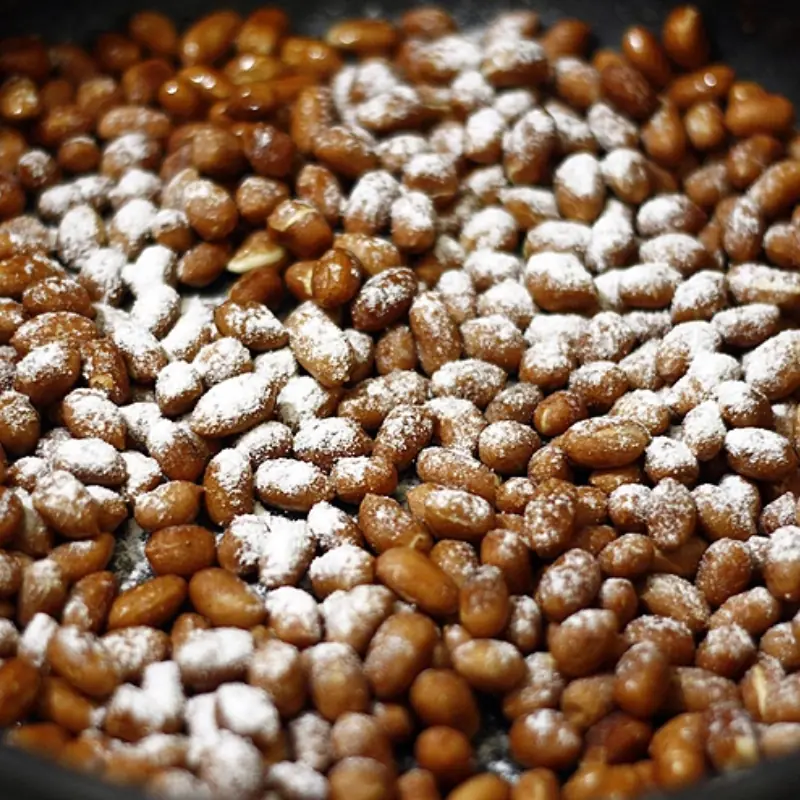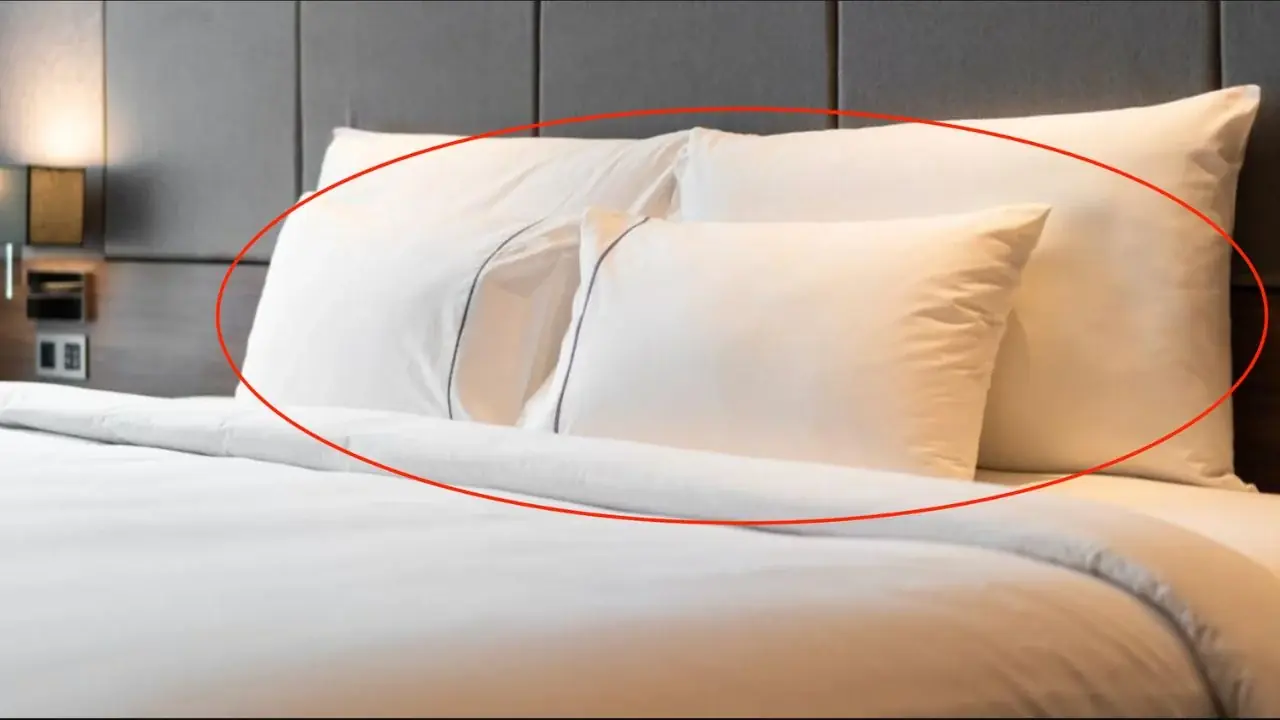
6 effective and safe ways to handle leftover cooking oil you should know
Cooking oil after cooking needs to be properly disposed of so as not to harm the pipelines or the surrounding environment. Below is a summary of 6 effective ways to dispose of leftover cooking oil that users should know. Please read on!
![]()
1. Why should you dispose of leftover cooking oil?
Whether or not you dispose of leftover cooking oil can affect your home's drainage system as well as the surrounding environment. Here are some of the main reasons:
- Pouring leftover cooking oil directly into the toilet or drain can clog the drainage system, easily causing pollution and unpleasant odors.
- Clogged drains will affect your family's daily life and cost you money to repair.
- Leftover cooking oil can damage equipment such as toilets, drains and drainage systems. Proper disposal of leftover cooking oil helps protect and maintain the performance of water systems and related infrastructure.
- Too much leftover cooking oil discharged into the environment can affect water sources, plants and animals living in surrounding areas.
2. How to effectively dispose of leftover cooking oil
2.1 Put it in a plastic bottle or plastic bag
The simplest way to dispose of leftover cooking oil that many users apply is to wait for the cooking oil to cool completely before pouring it into a plastic bottle or plastic bag, then put it in the trash and let the environmental staff handle it. Or you can freeze the cooking oil in the refrigerator to prevent the oil from leaking out and causing unsanitary conditions.
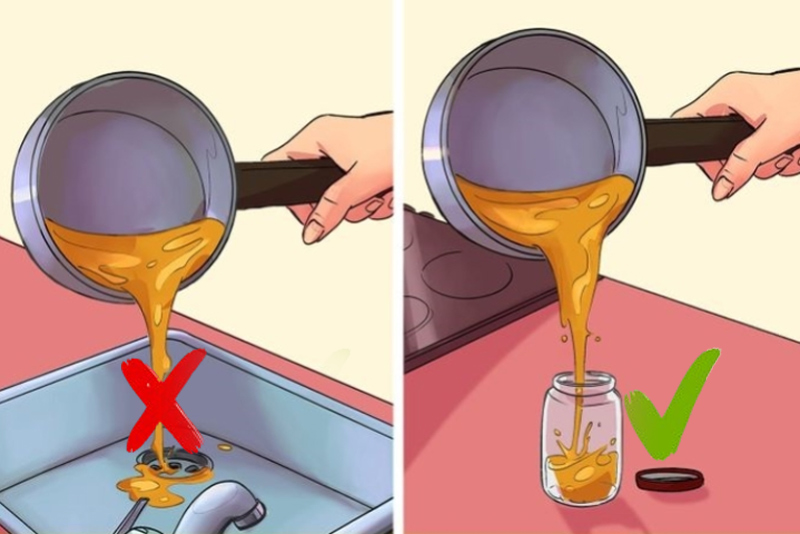
Pour excess cooking oil into a plastic bottle or plastic bag
Note: Do not pour cooking oil directly into the trash to avoid attracting ants and rodents.
2.2 Use oil-absorbing paper
For handling a small amount of oil, you can also use oil-absorbing paper to absorb all the excess oil, then wrap it in a plastic bag and put it in the trash. This method not only helps to limit grease leakage but also makes the process of handling excess oil more convenient.
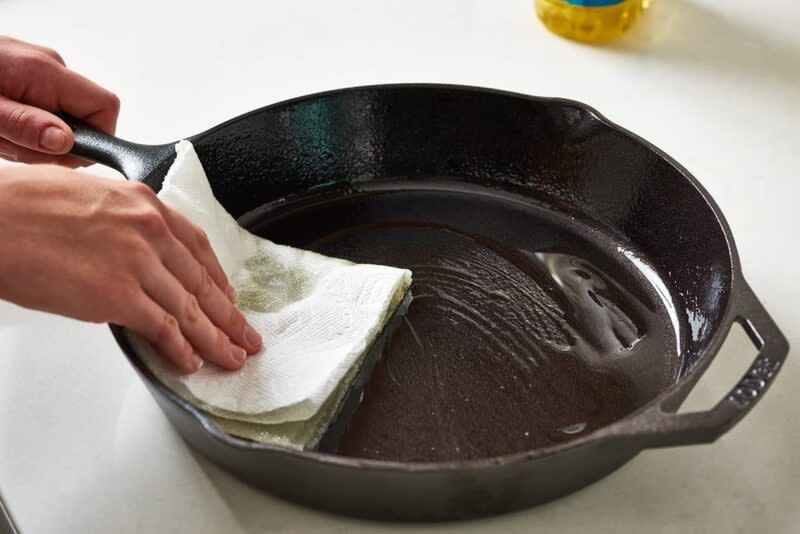
Use paper to absorb excess cooking oil
2.3 Reuse
If there is still a lot of leftover cooking oil and it has not turned brown or black, users can handle the leftover cooking oil by storing it for reuse for the next time. However, users should note that they must filter out the residue in the oil and not reuse the leftover oil more than twice to ensure health safety.
Reused cooking oil can be degraded, causing a high risk of cancer, so users should not be stingy and reuse the cooking oil many times.
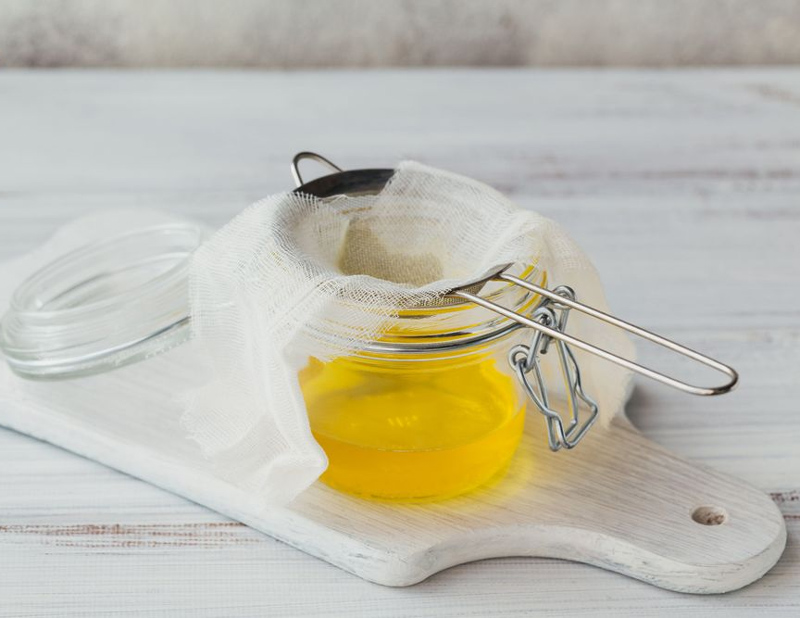
New cooking oil can be reused
2.4 Using detergent
Using soap is also one of the effective ways to handle cooking oil that users can apply. Wait for the remaining grease to cool down and then pour it into a basin of warm water, then add the amount of detergent or washing liquid depending on the amount of cooking oil and stir well. When the cooking oil and detergent are mixed, you can pour this mixture directly down the drain and flush it clean..
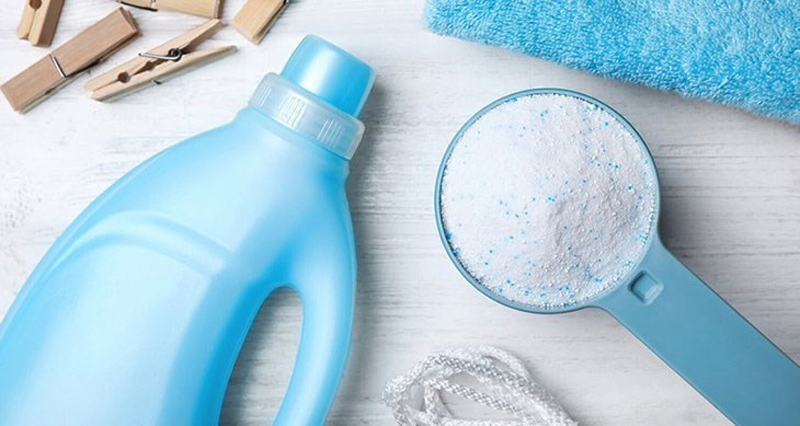
Washing powder or laundry detergent is an effective cooking oil dissolving agent
Finally, you wash the container with dishwashing liquid to clean it. This is an effective way to deal with leftover cooking oil without using additional plastic, which affects the environment and helps your home's drainage system avoid clogging.
2.5 Microbiological products
After cooking, many people often pour excess oil directly down the sink drain, while grease is a substance that is insoluble in water, difficult to decompose and has high adhesion. After a period of time, this excess oil can stick and harden in the pipe, leading to a clogged drain and causing an unpleasant odor.
In the case of accidentally pouring excess oil directly down the sink drain, you can use a specialized microbiological product to remove cooking oil stuck to the pipe. Probiotics are biological products containing natural beneficial bacteria that can decompose excess oil and grease without harming users and are especially environmentally friendly.
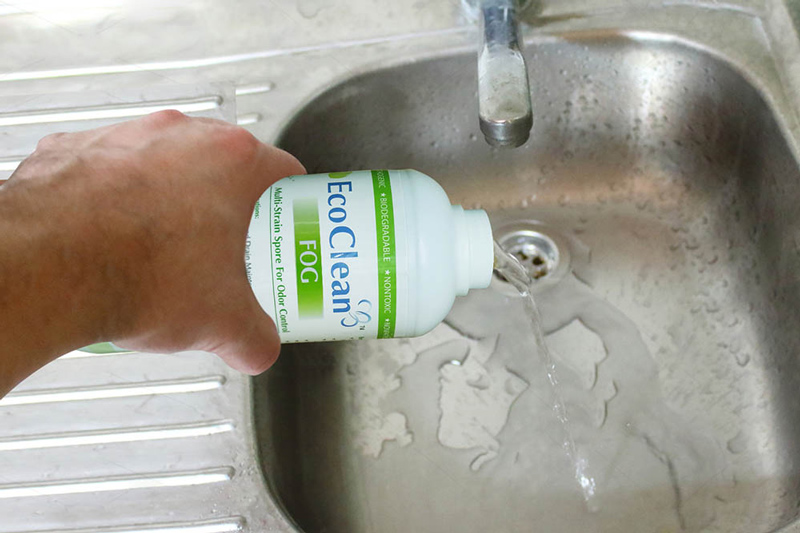
Use biological products to clean excess oil in the pipeline
2.6 Build a grease trap
For restaurants, hotels, eateries, and even families that use a large amount of cooking oil every day, they can apply the grease trap method and contact an oil suction truck to periodically drain the oil.
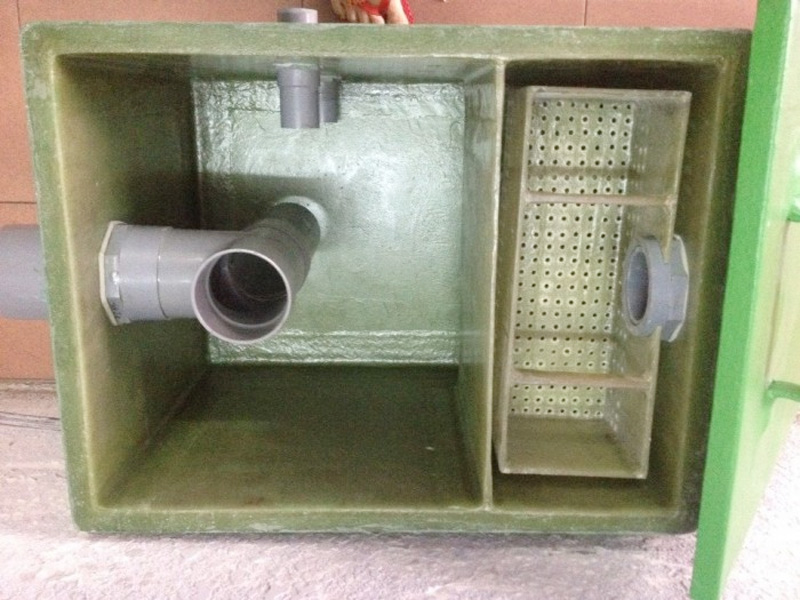
Using a grease trap to handle leftover cooking oil
This is a more expensive way to handle leftover cooking oil than other methods, but the advantage is that users can store a large amount of oil. At the same time, the amount of cooking oil after being sucked will be properly treated or recycled as fuel or used for other purposes.
3. Notes when handling cooking oil
- Do not reuse cooking oil more than 2 times, because after the second use, the oil may have deteriorated a lot, creating ingredients that can be harmful to health.
- After recycling, the oil should be used as soon as possible to avoid spoilage, and should not be left for a long time because this type of oil will spoil more easily than new oil.
- If the oil is used for strong-smelling foods such as fish, seafood, or heavily seasoned foods for the first time, it should not be reused, as the strong smell from these foods may affect the taste of subsequent dishes.
- If the oil smokes when frying or sautéing, it should not be used again to avoid creating harmful substances when cooking at high temperatures.
- Avoid mixing new and old oils, especially when they are of different origins, to ensure health safety.
News in the same category


Eat 4 foods on an empty stomach in the morning to help clean the intestines, improve digestion, and prevent canc.er
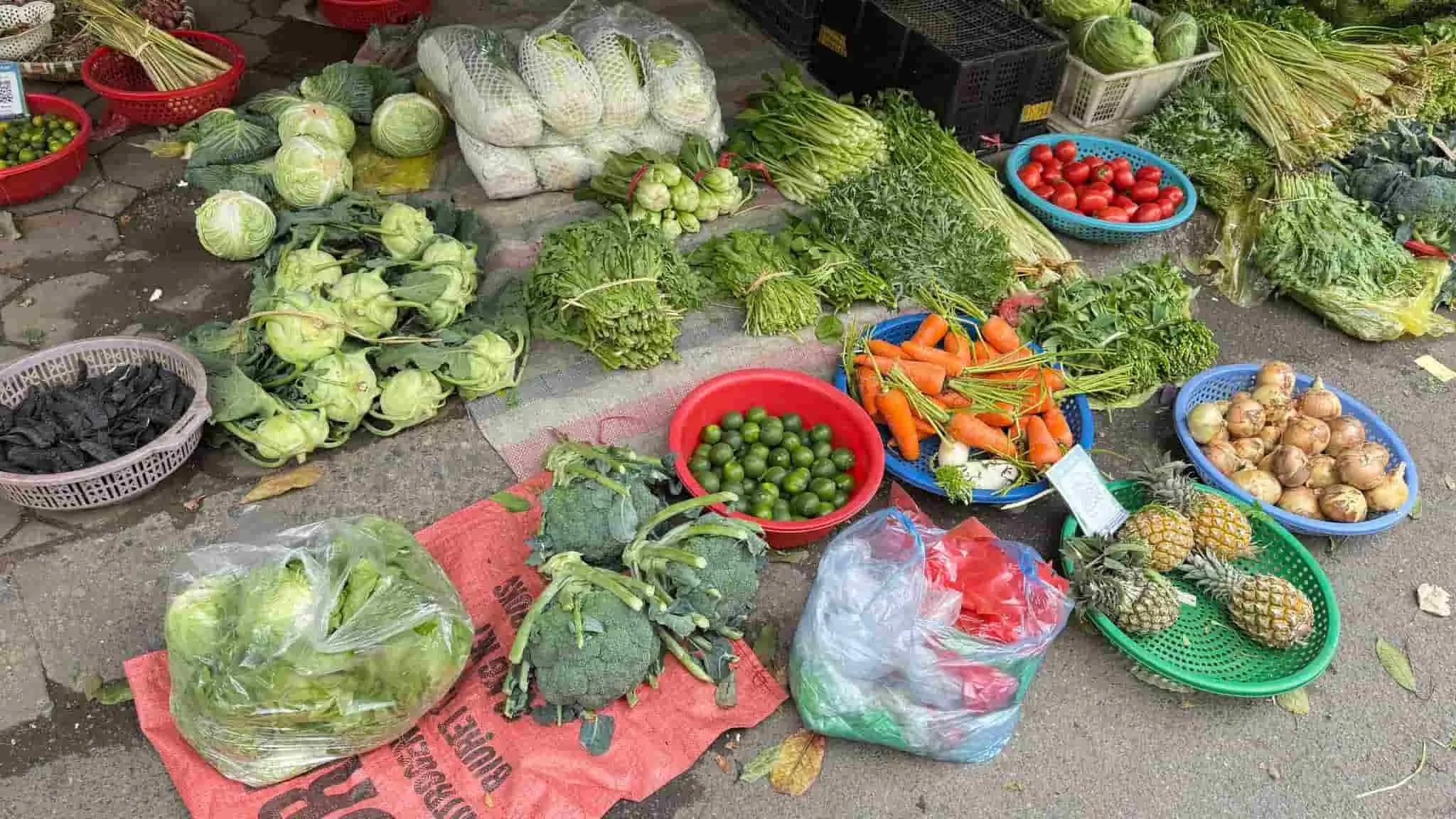
Walking around the market, a smart person can immediately see that these 5 types of vegetables are "soaked in chemicals", especially number 4
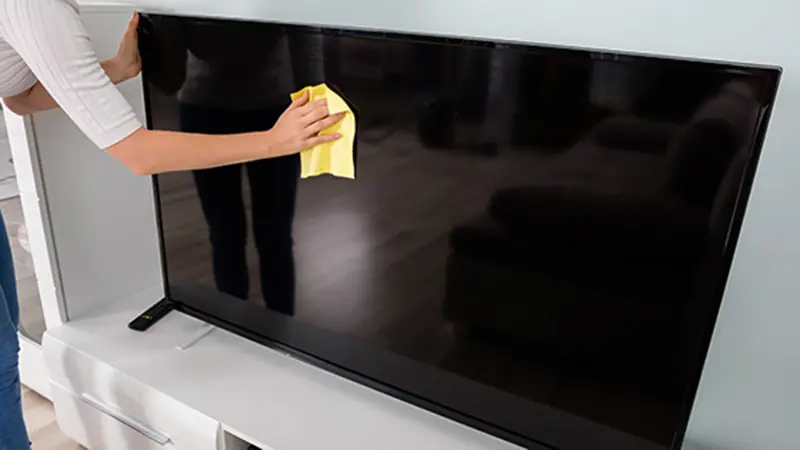
How to clean your TV screen safely without causing damage
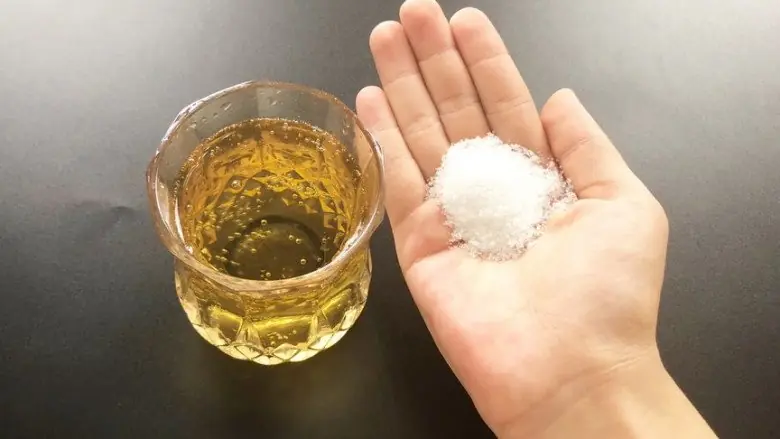
Tips with salt and beer
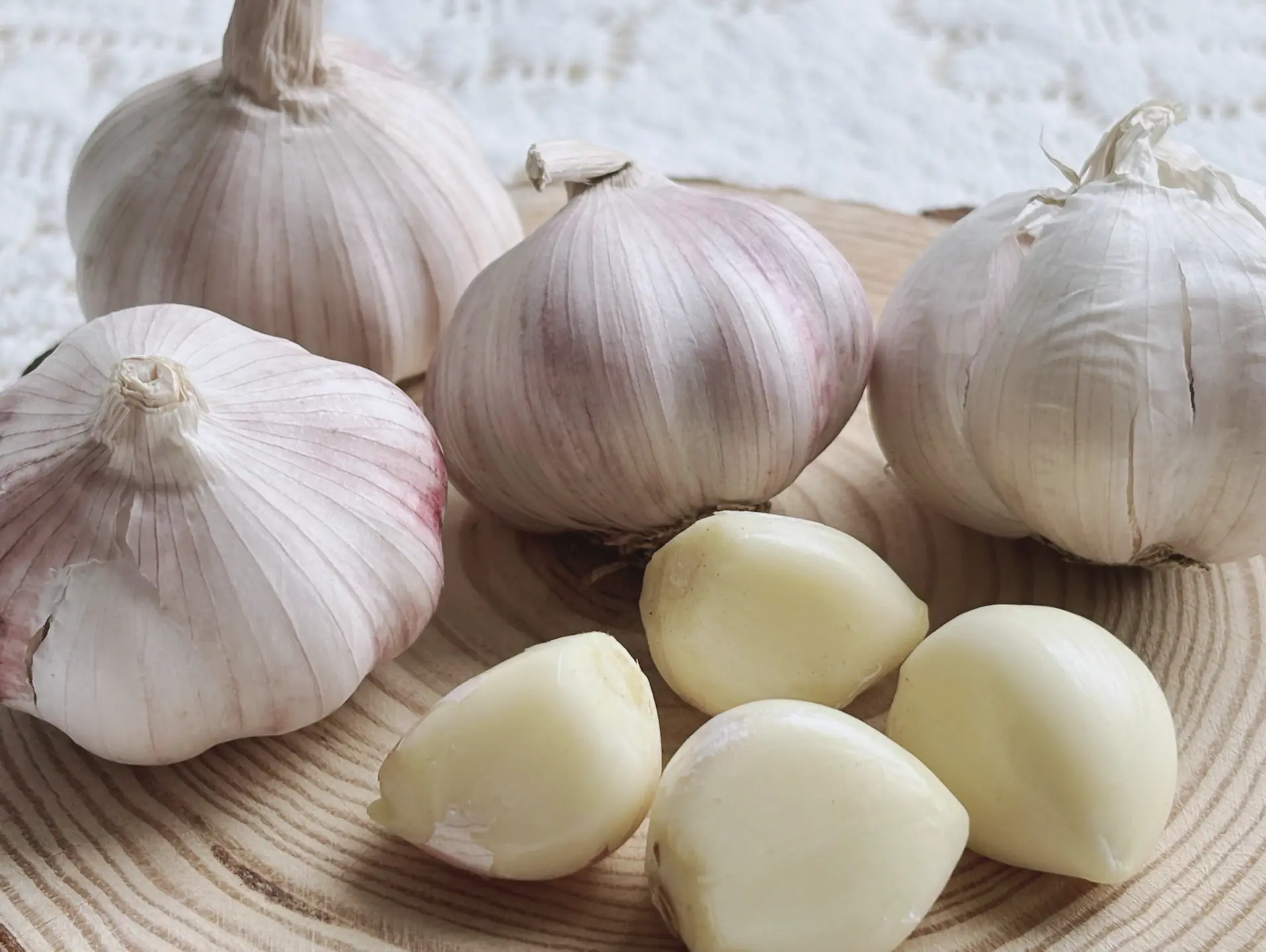
Pay attention to these types of garlic when going to the market
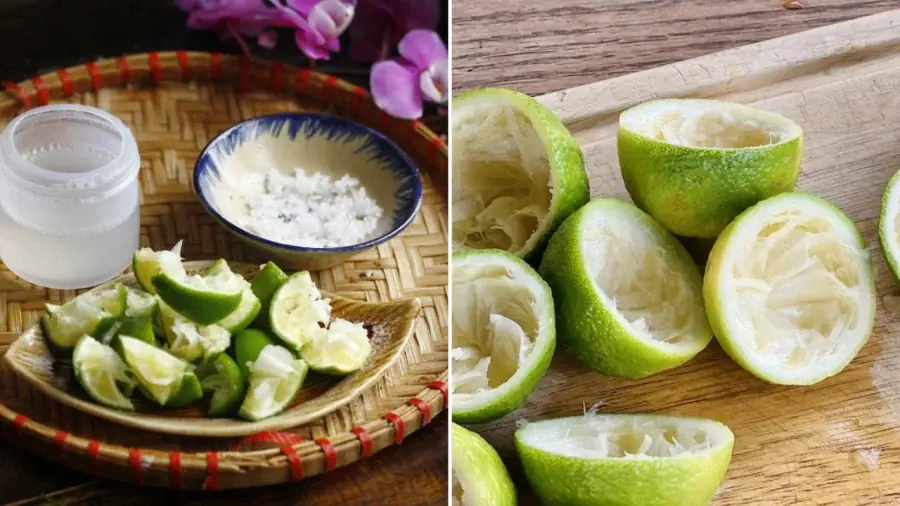
Don’t Throw Away Leftover Lemon Peels — Keep Them for These 5 Amazing Uses
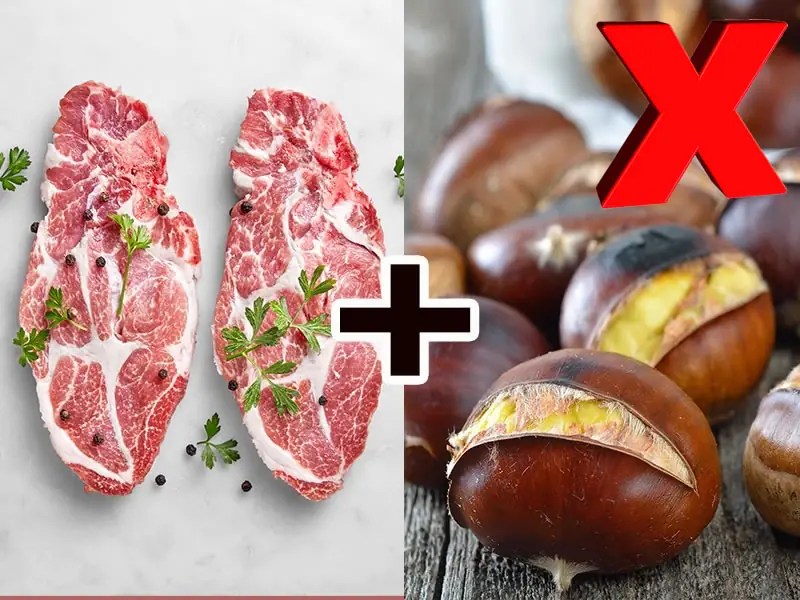
Many people do not know: Don't be foolish to combine these things with beef!
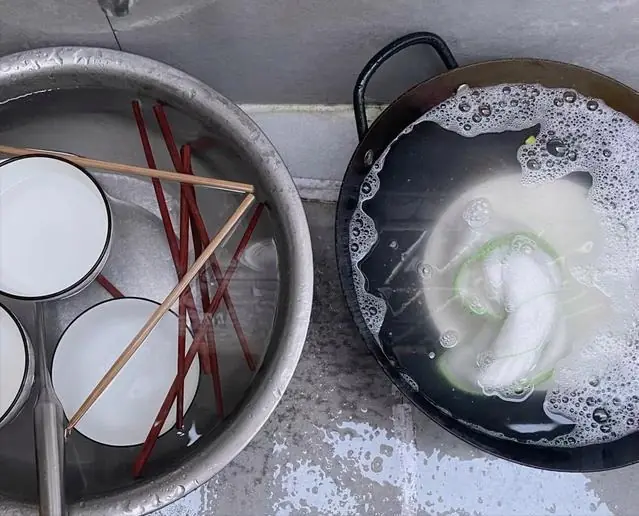
5 mistakes when washing dishes that cause cancer in the whole family, many people do them every day without knowing, especially number 3

Doctor reveals the 'often overlooked' body part you MUST clean every day, or it could be life-threatening
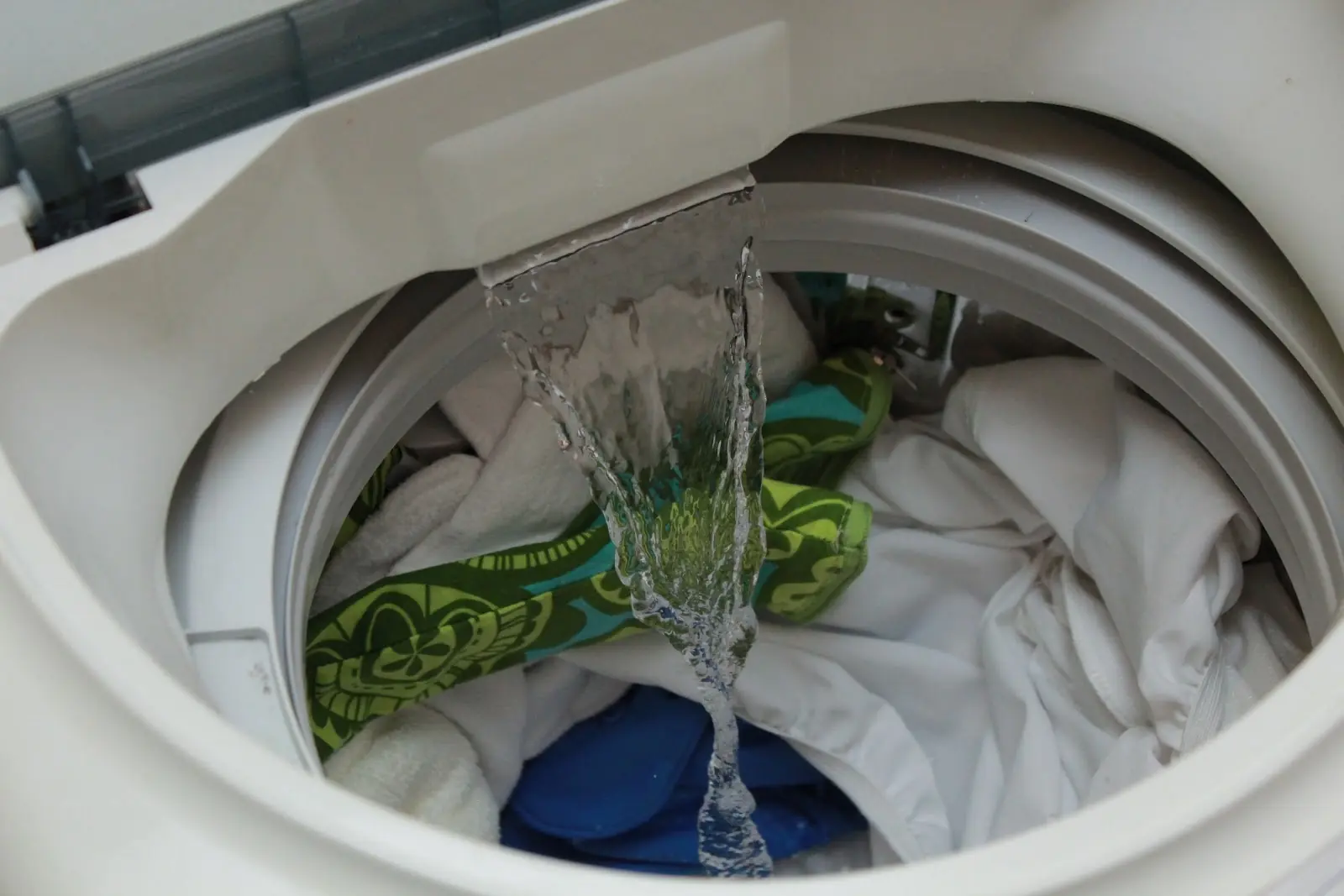
There Are 4 "Electricity-Guzzling Monsters" in the House—Here's How I Finally "Tamed" Them!
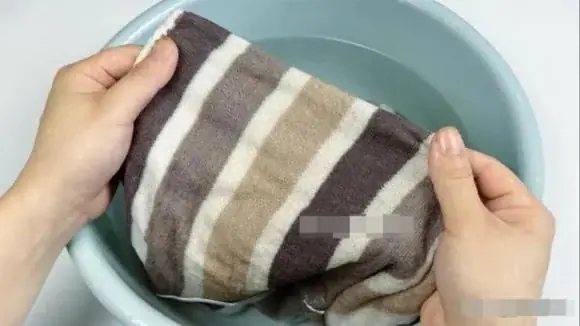
Why Do Towels Turn Yellow and Stiff Over Time? Add This Simple Ingredient to Restore Them Instantly
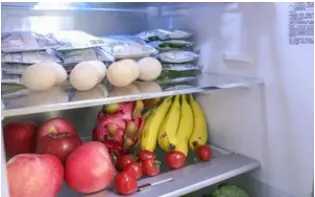
4 things you SHOULD NOT put in the refrigerator: The longer you leave them, the more they will spoil, completely counterproductive!
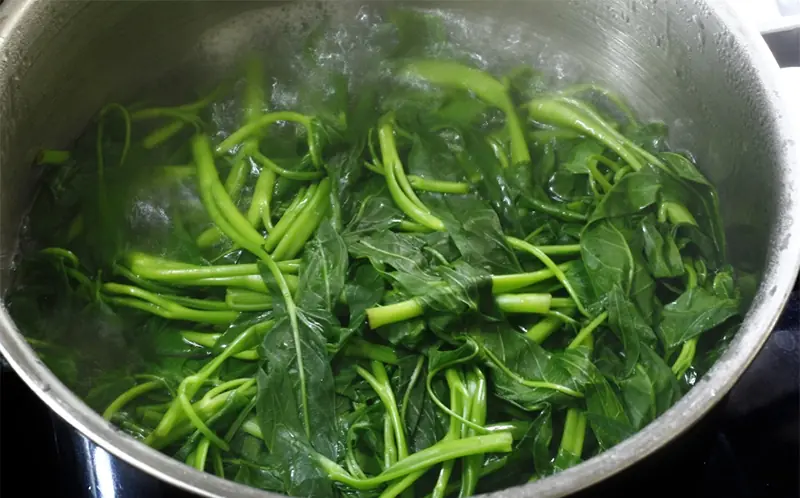
This wild vegetable "pumps" natural retinol, and is also super rich in vitamin C. Eat it regularly to keep your skin plump with collagen
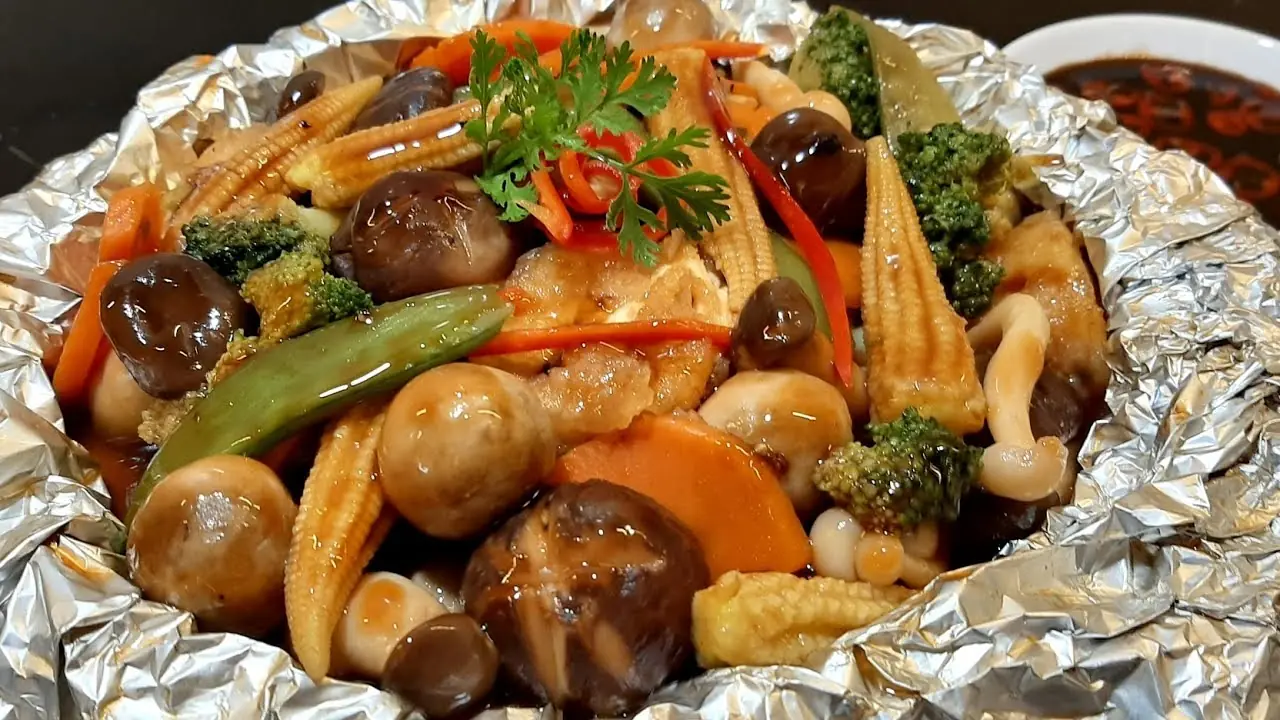
These 7 vegetables turn out to be super "oil absorbers", be careful because the more you eat, the fatter you get
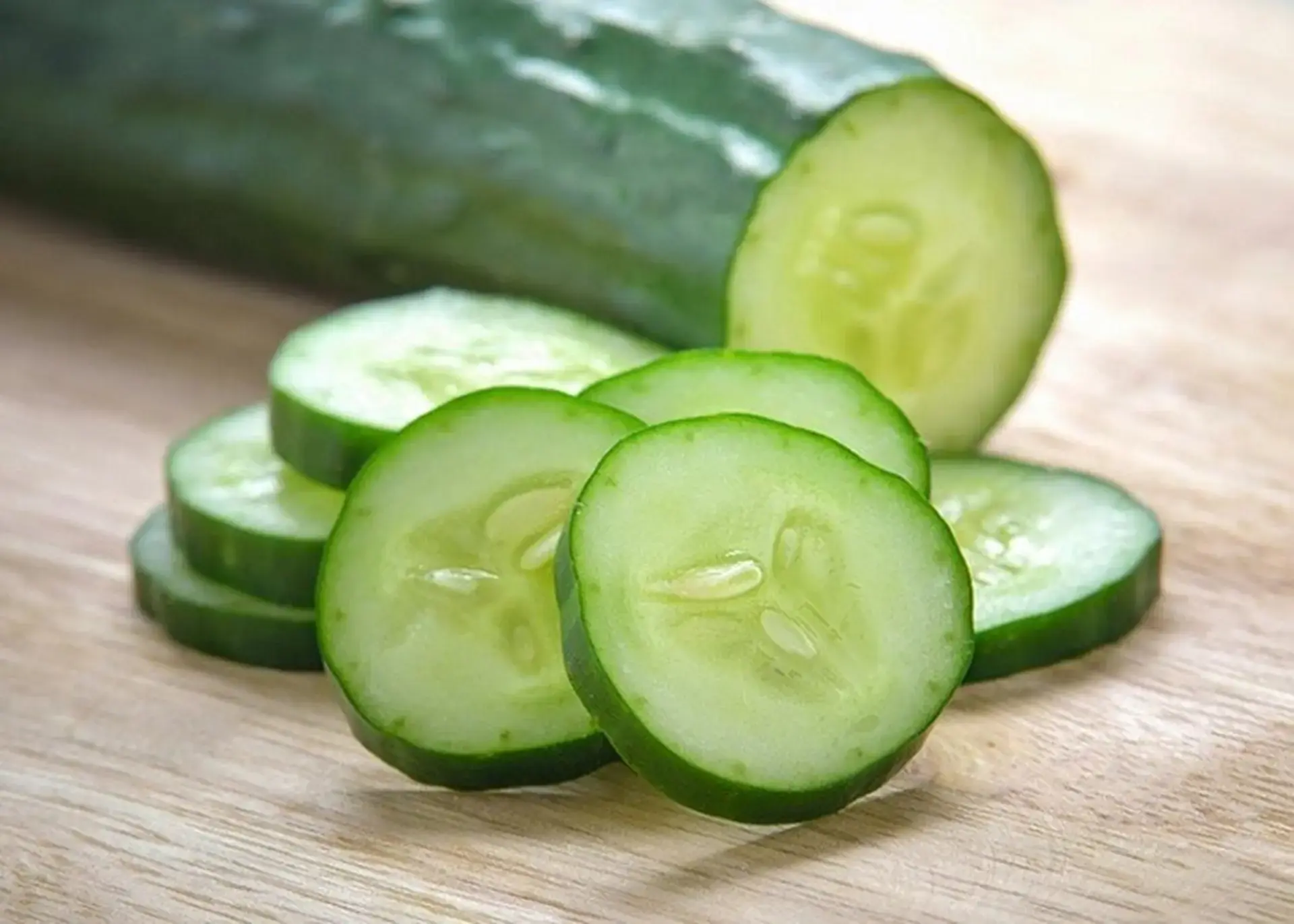
How to remove bitterness from cucumber
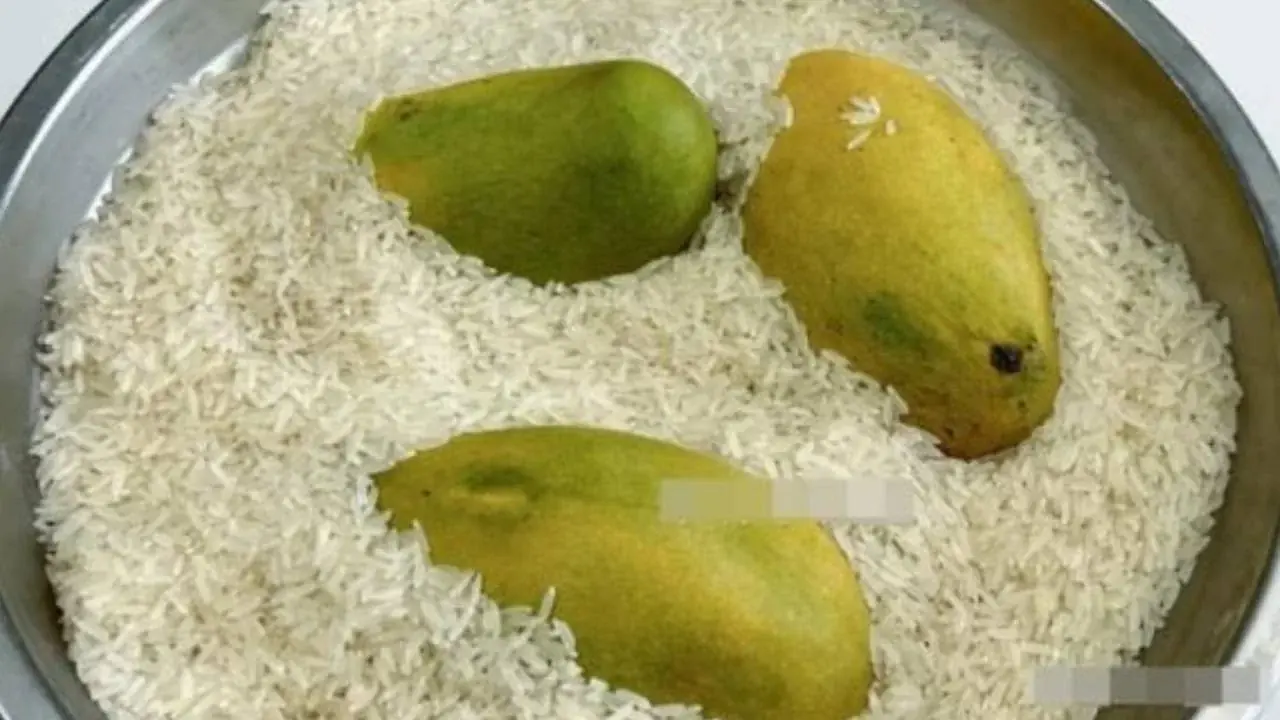
Surprising uses of rice you should know
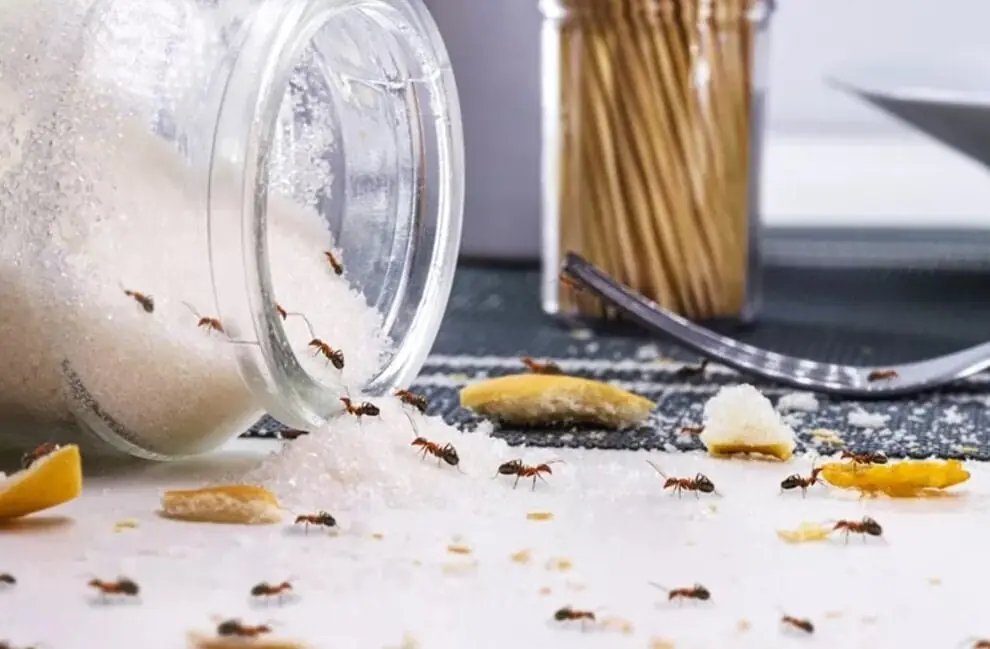
Tips to quickly get ants out of sugar jars
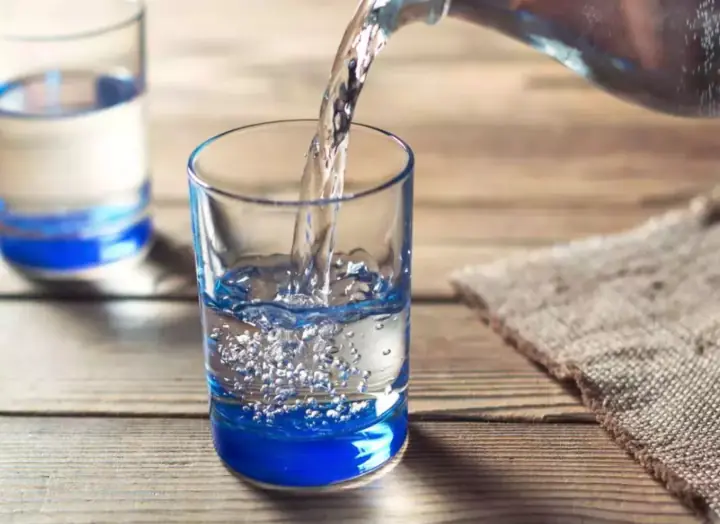
Doctor gives tips on drinking water to prevent disease and improve health without spending money
News Post
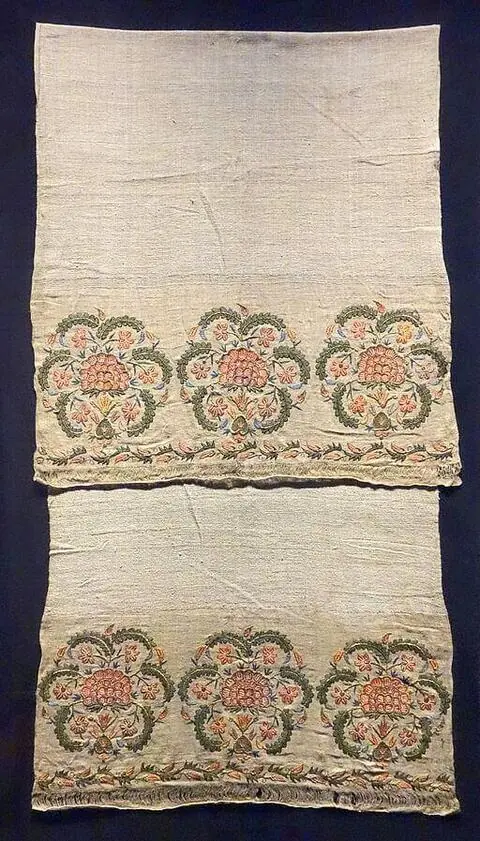
The Gospel According To Joan
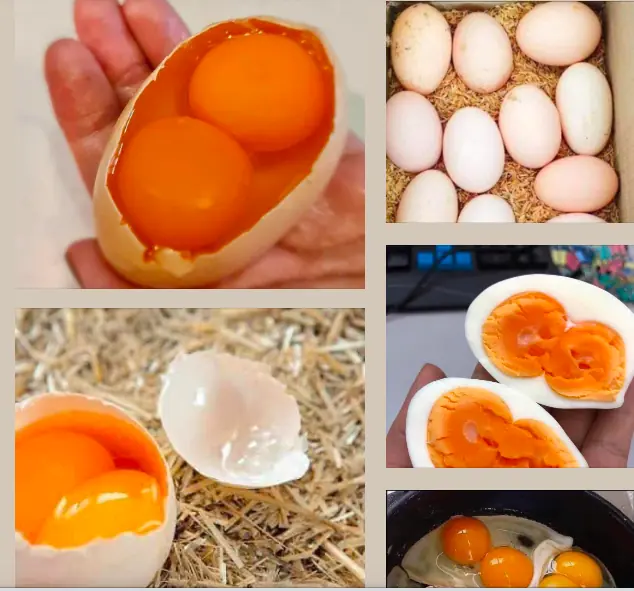
Are These Mutant Eggs Safe to Eat? The Truth About Double Yolks and Rainbow Shells
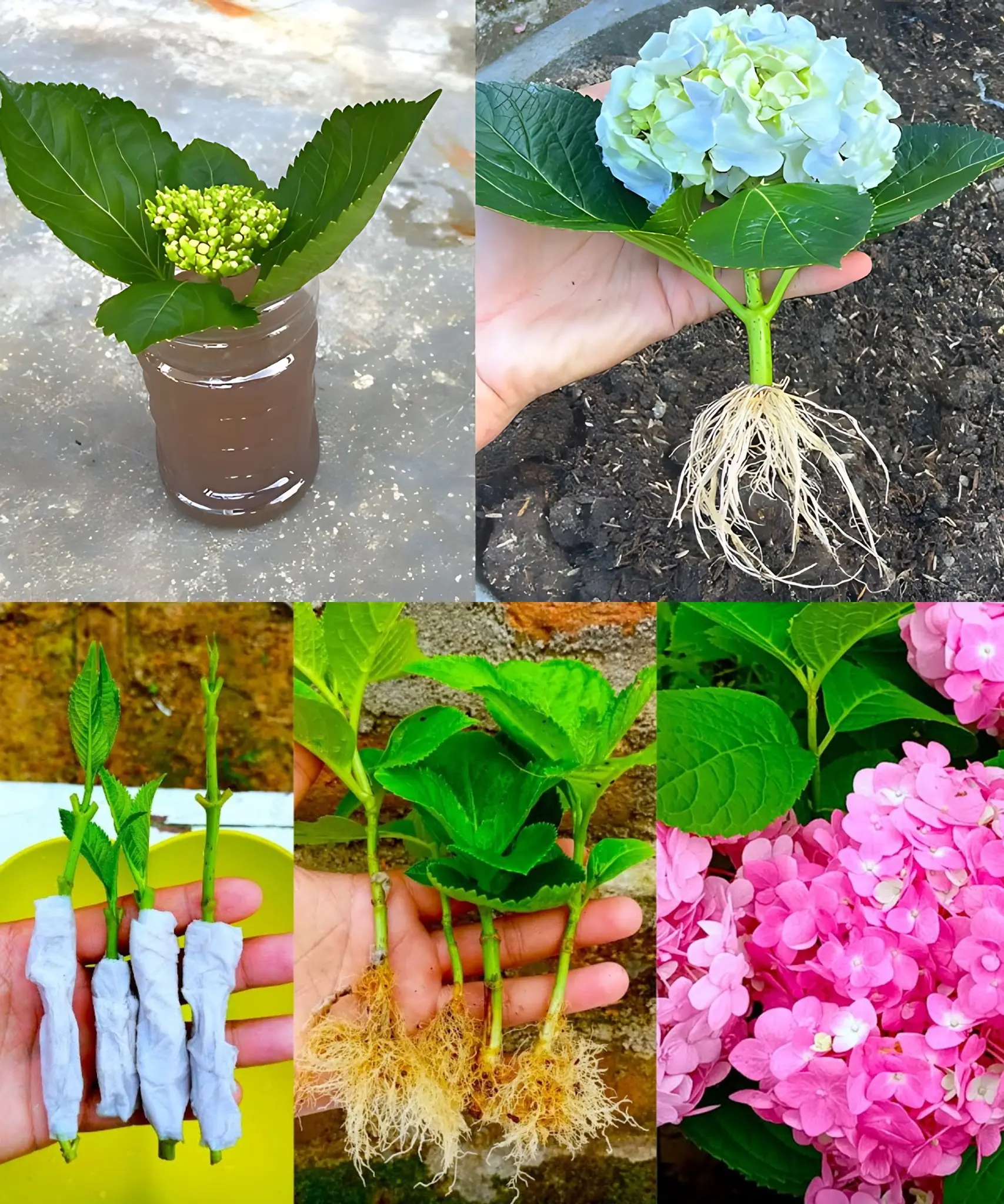
Growing hydrangeas from cuttings

One Thing Most Stro.ke Victims Have in Common: Are You Living at Risk of Cerebral Infarction?
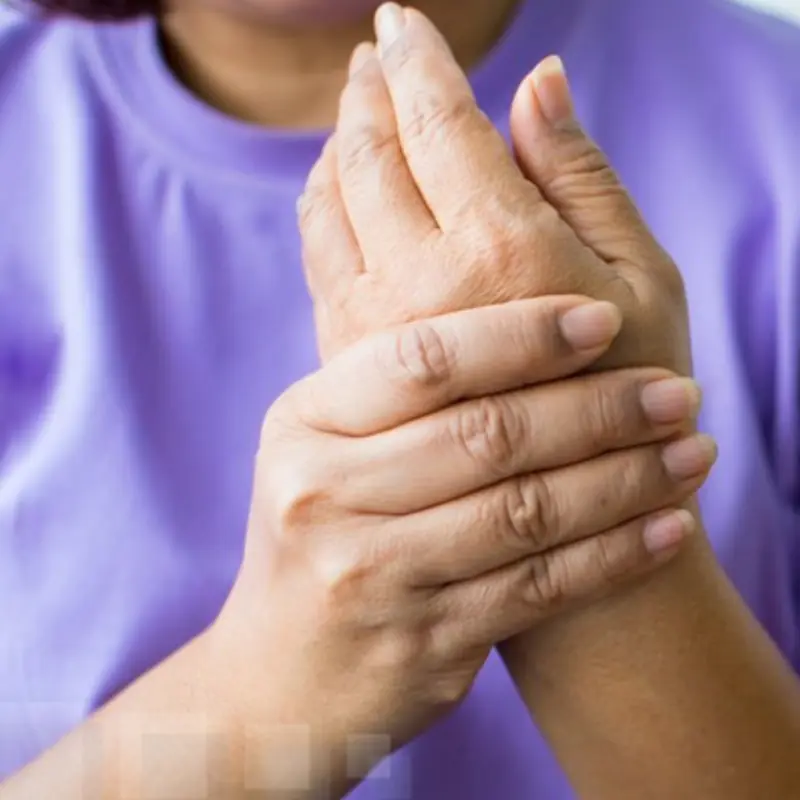
Suddenly Suffering a Stroke After Waking Up, the Woman Regrets a 'Critical' Mistake She Made Six Months Ago

Eating These 5 Foods for Breakfast Is Like Shortening Your Lifespan — But Many People Still Love Them
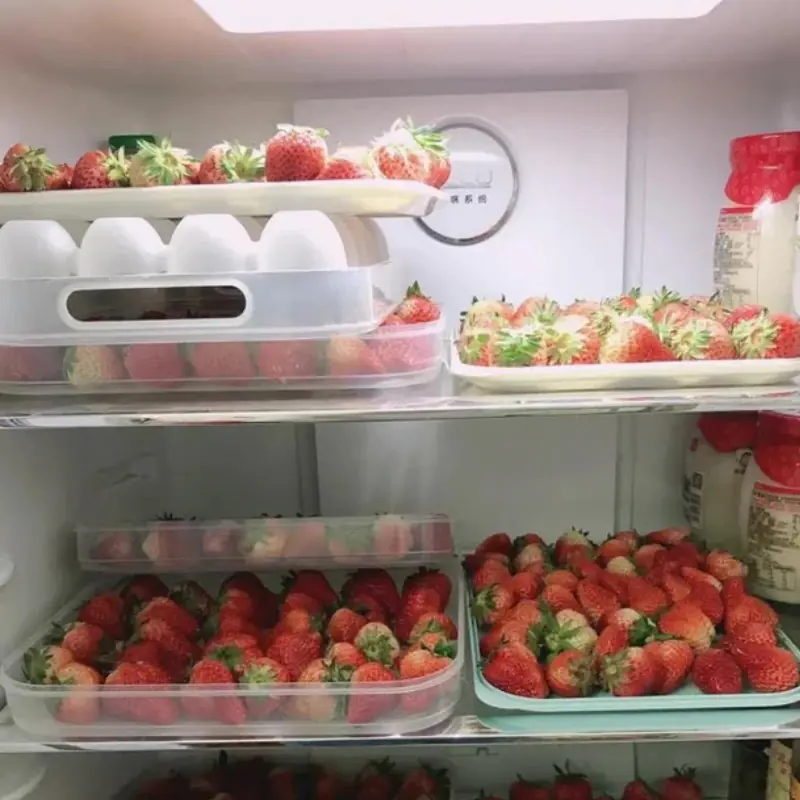
5 Foods That Stay Edible for a Whole Month at Room Temperature — But Spoil Quickly in the Fridge!

Waking Up at This Hour Every Day May Signal Lu.ng Damage — See a Doctor Immediately if You Also Have These 6 Symptoms

Many doctors recommend using two pillows when sleeping for better sleep health!

Eat 4 foods on an empty stomach in the morning to help clean the intestines, improve digestion, and prevent canc.er
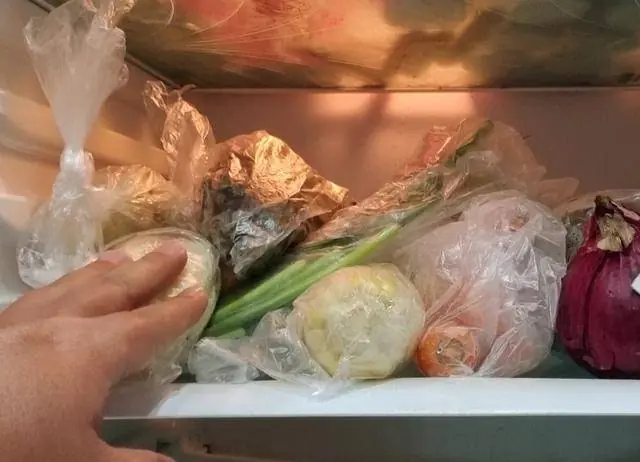
Putting plastic bags in the refrigerator causes can.cer? After hearing the truth, many people immediately ran to do 1 thing
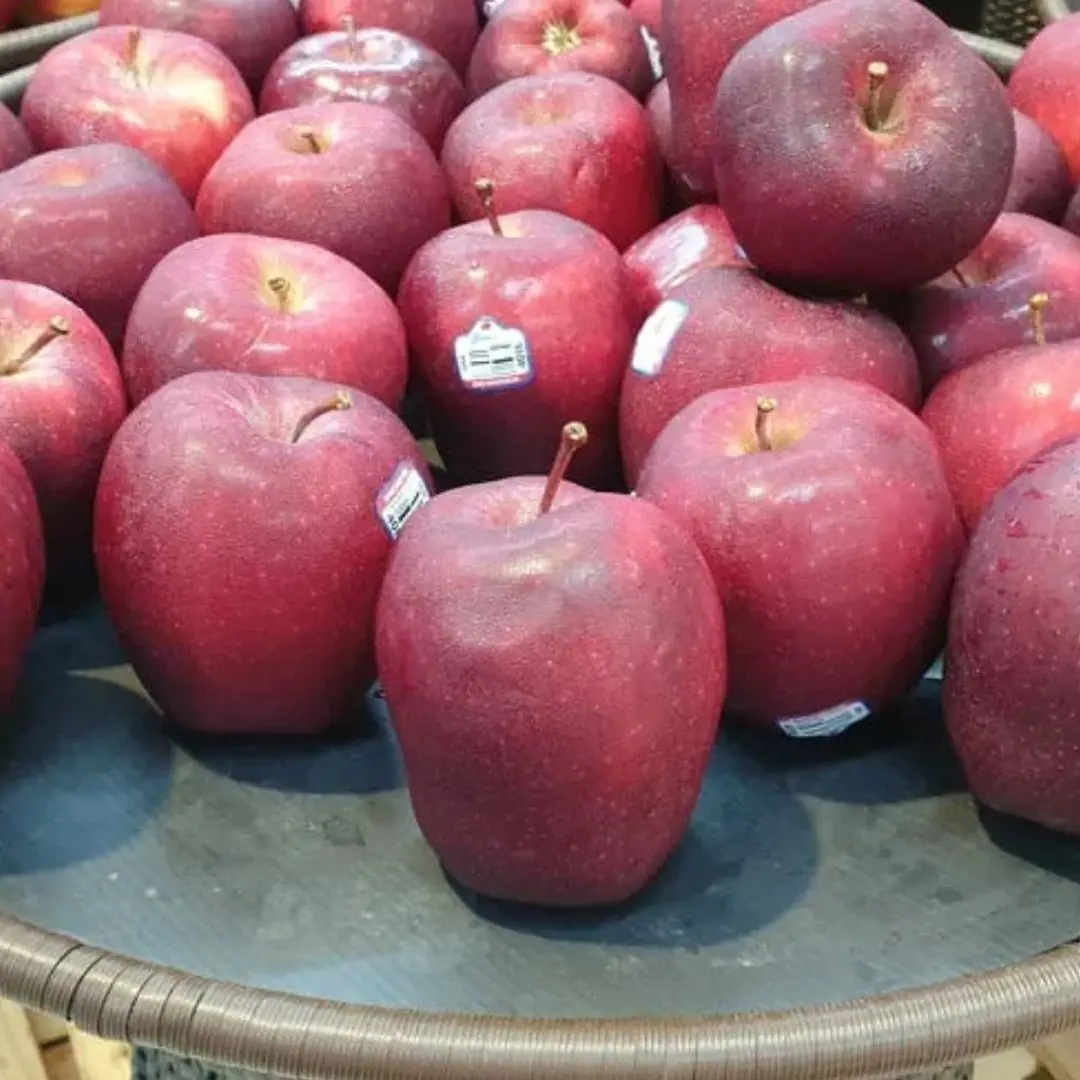
Top foods to absolutely avoid at night if you don't want to affect your health

Walking around the market, a smart person can immediately see that these 5 types of vegetables are "soaked in chemicals", especially number 4
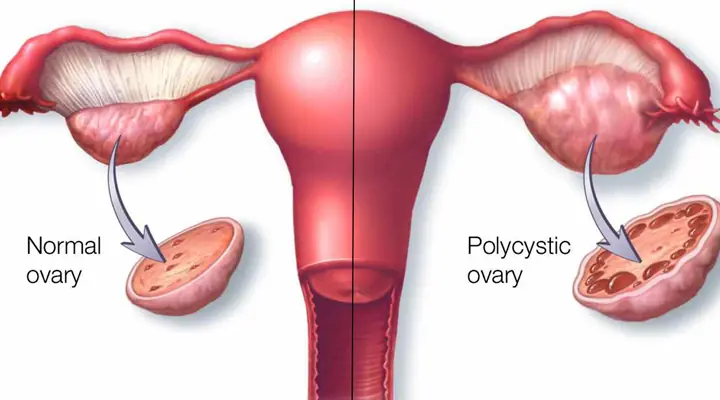
Eat 6 things to help women detoxify their ovaries and prevent gynecological diseases
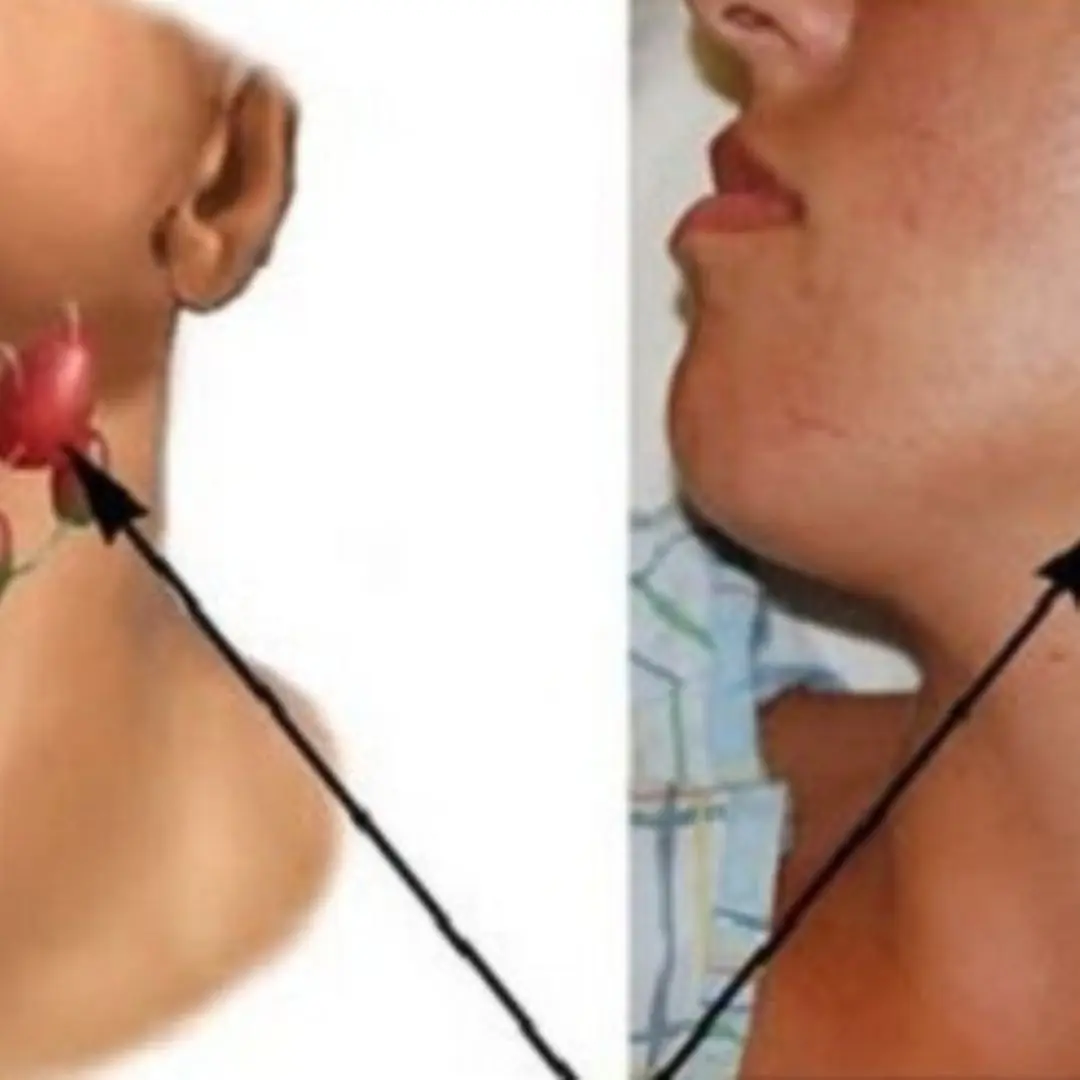
4 warning signs of nasopharyngeal ca.n.c.er that are most easily overlooked

Female patient suffered a perforated small intestine due to a 'lost' thing in her body for 30 years
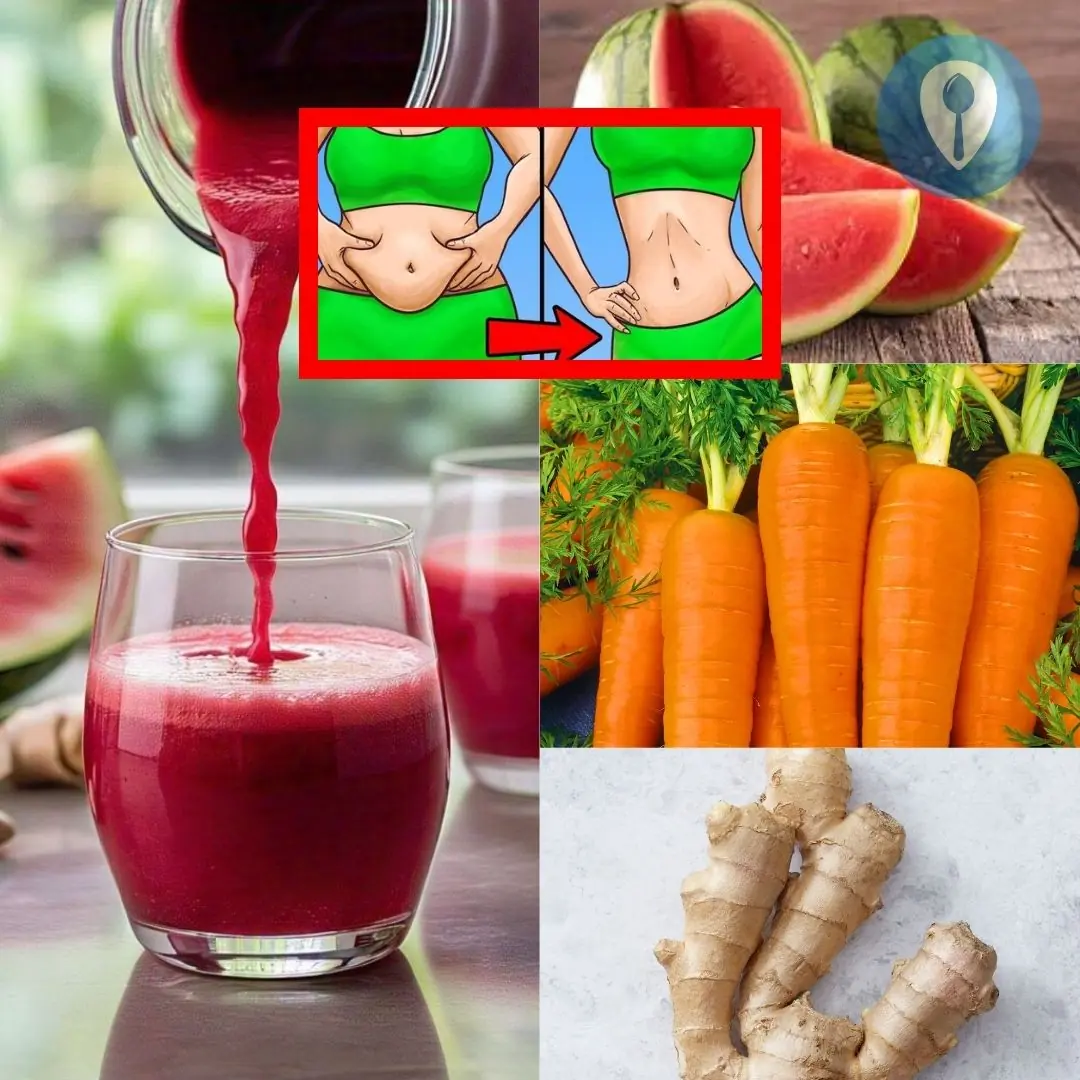
If you are looking for a natural and safe weight loss juice, this recipe from watermelon, carrots, beets and ginger is worth a try
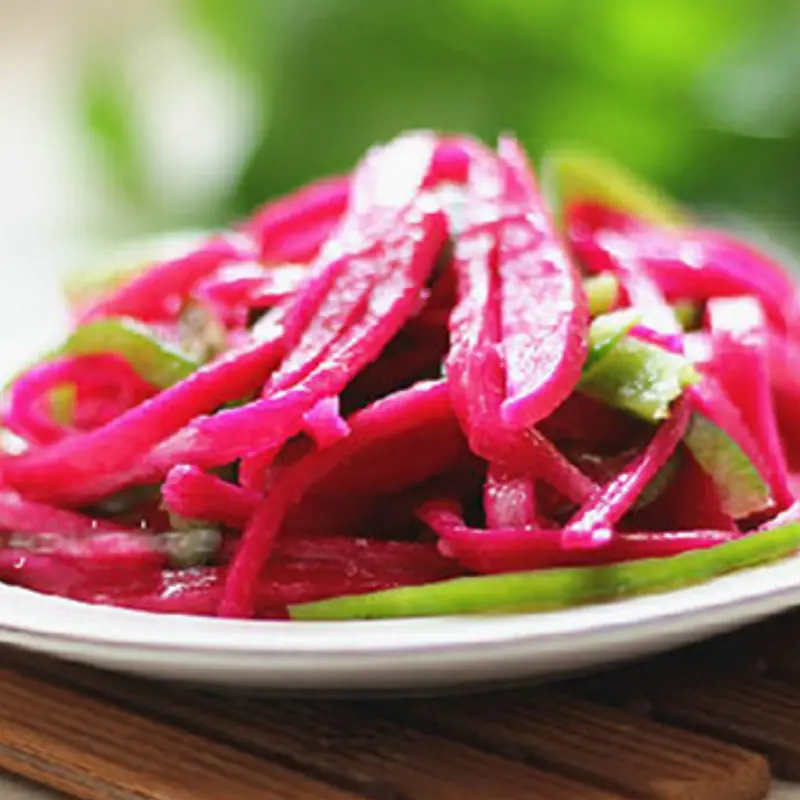
The Peels of These 3 Fruits Are Actually 'Pesticide-Free Vegetables': Cook 3 Delicious Dishes That Also Beautify Your Skin and Aid in Weight Loss
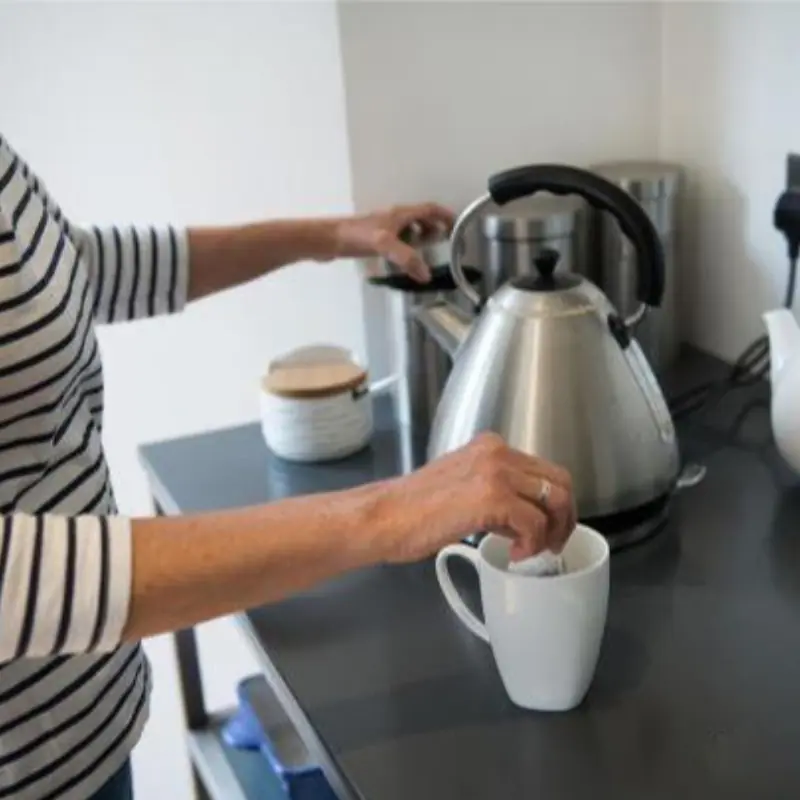
One Person Boils Water, the Whole Family Gets Cancer
